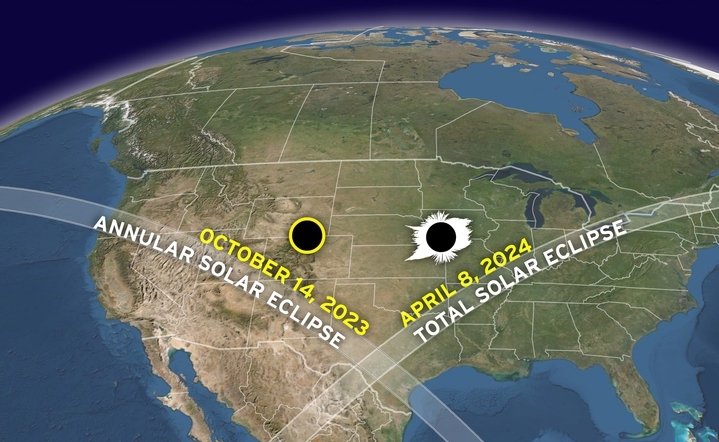A Total Solar Eclipse is happening on April 8, 2024, but only in some parts of the world. The eclipse will be visible in various locations across the globe, starting over the South Pacific Ocean and crossing North America, passing over Mexico, the United States, and Canada. The Eclipse is expected to last for an average of four minutes across the United States and Canada.
Why isn’t the eclipse happening in Africa?
The earth orbits and rotates around the sun in a set path. As it moves, different parts of the earth are in the line of access to the sun and its light. This movement is what causes night and day. The Eclipse happens when the Moon’s rotation path intersects with the rotation of the Earth. Fatefully, Africa isn’t on the line of intersection during this celestial sandwich moment and will not get to experience a total eclipse until March 29, 2025.

How can you view the solar eclipse?
During this event, viewers will be able to view the sun’s corona, the outer atmosphere of the sun usually obscured by its bright face. People are advised to avoid looking directly at the sun even during the eclipse. Solar filter glasses are specially equipped for moments like this and also have variants that can be used with telescopes and cameras.
What happens if you stare at the sun during an eclipse without protection?
The ultraviolet rays of the sun, powerful electromagnetic radiation, can damage the retina under prolonged exposure. The effects of exposure do not surface immediately but begin to cause discomfort after 2-3 days. UV rays are also known to cause DNA damage to the skin leading to cancer.
To stay updated on important trends as this, join our WhatsApp channel here.




